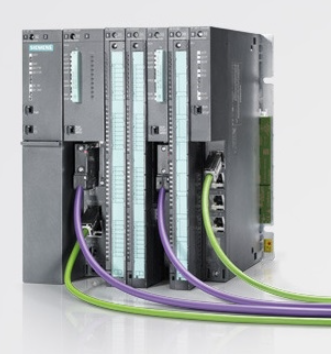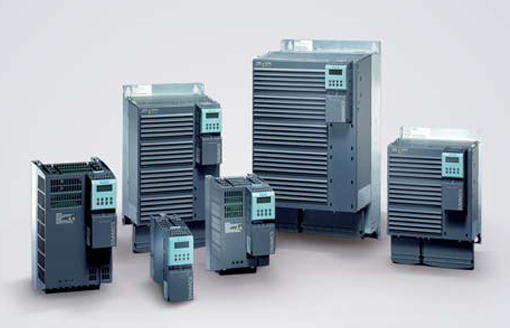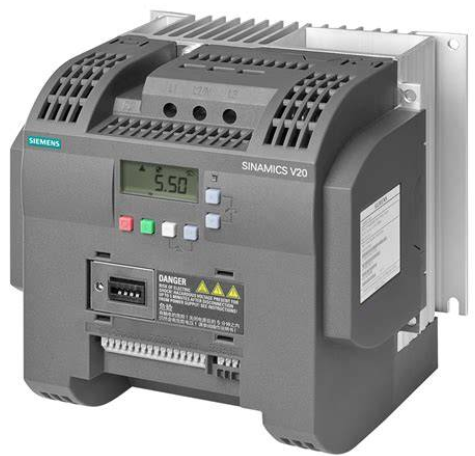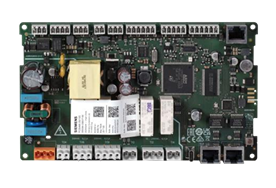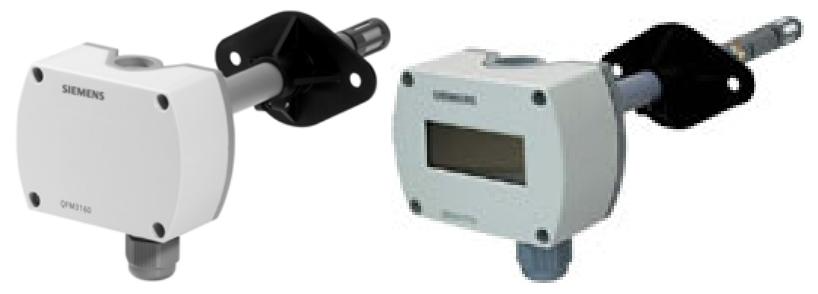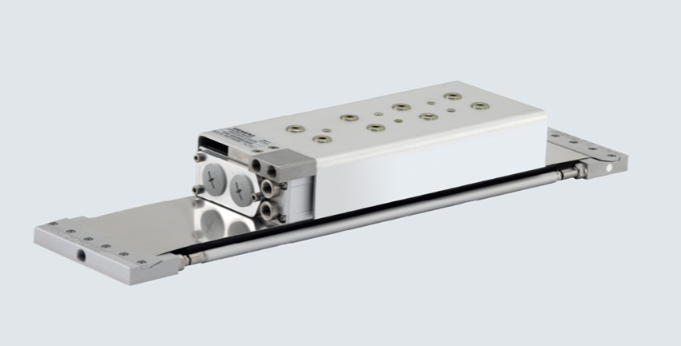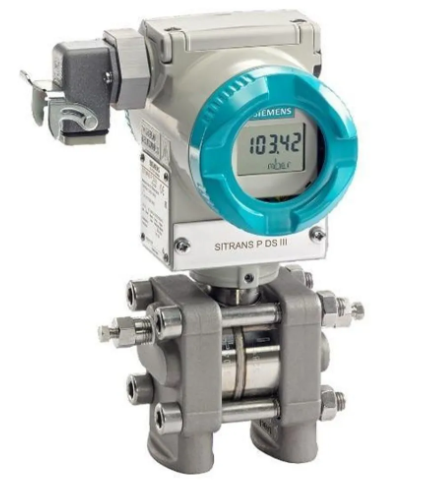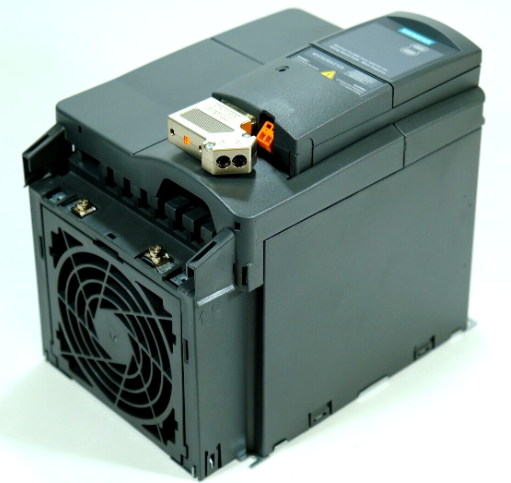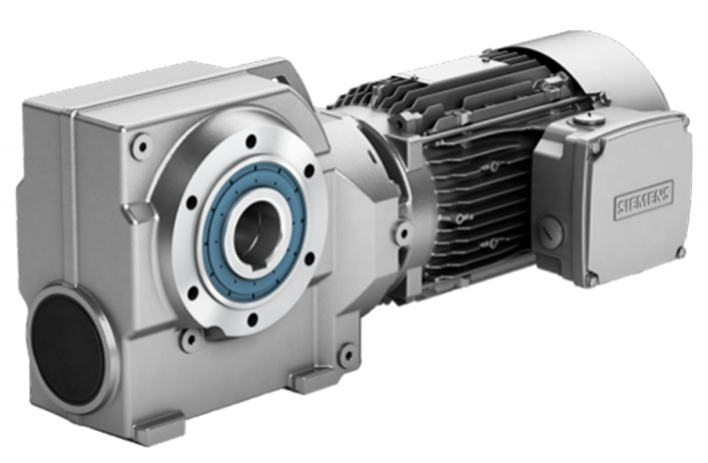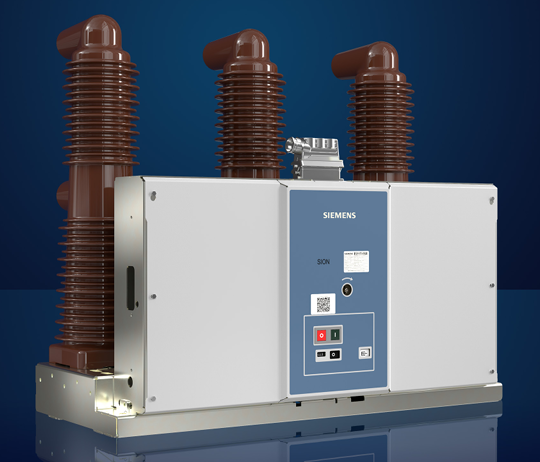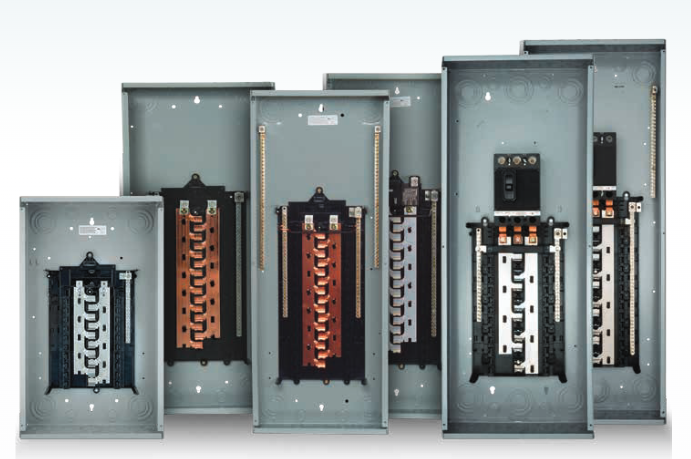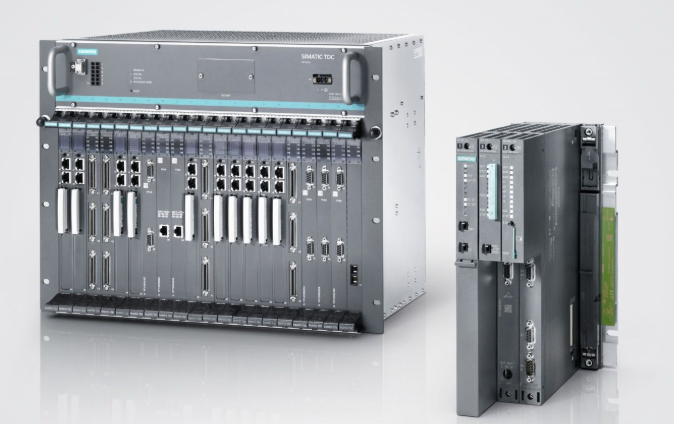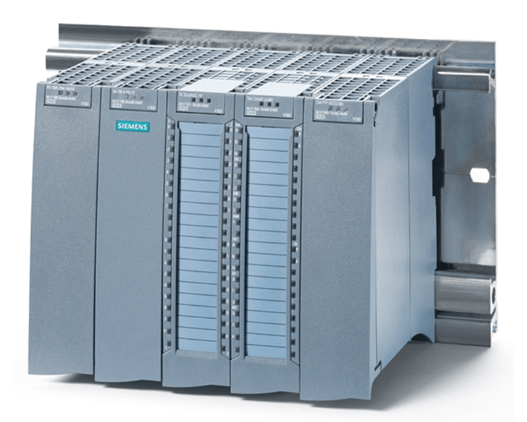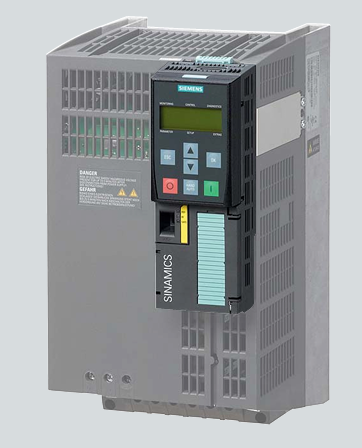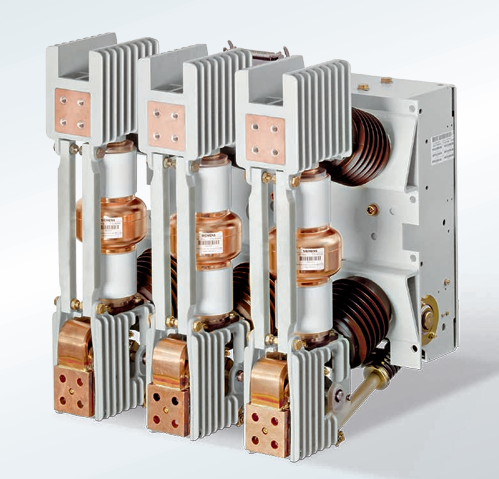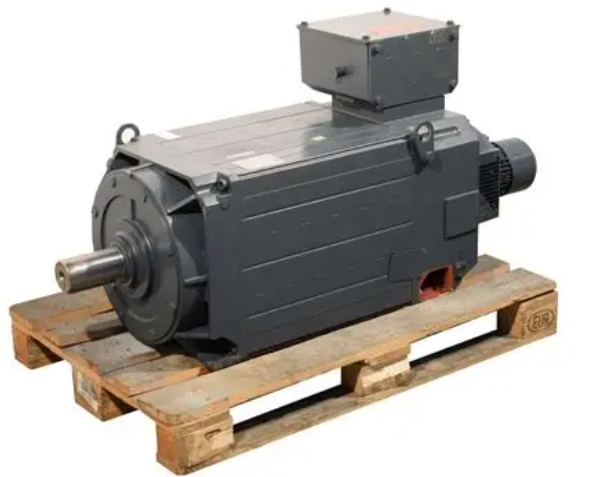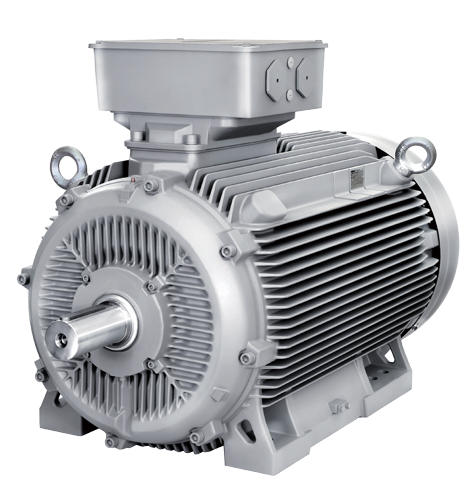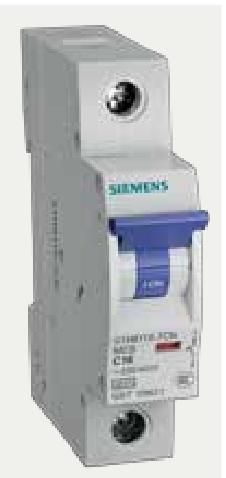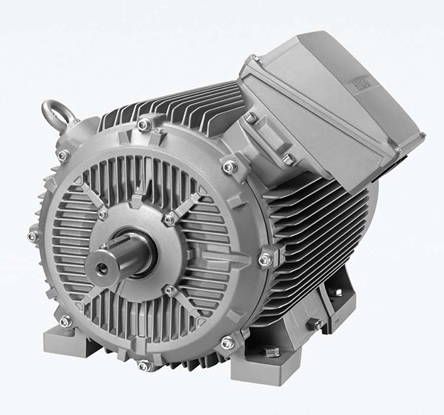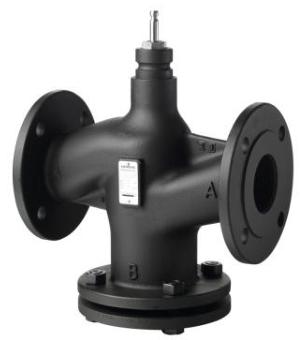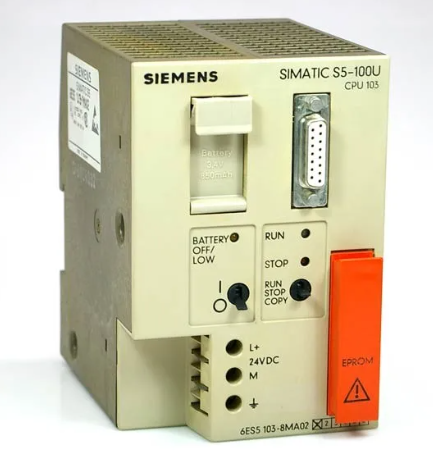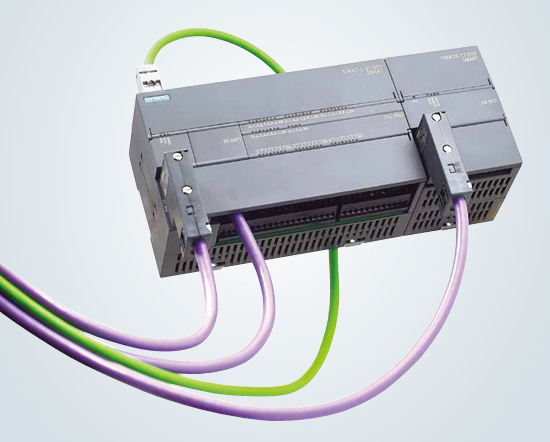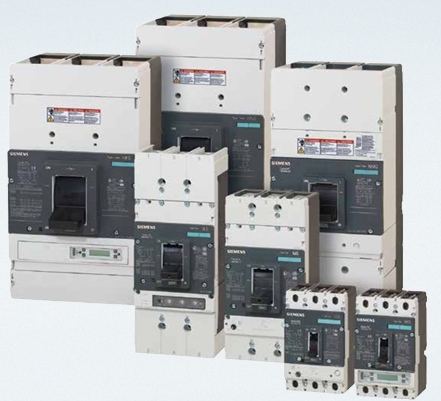The FOXBORO P0901XT process control unit is a high-performance control core equipment launched by Foxboro for the field of industrial process automation, and is a key component of Foxboro I/A Series DCS (Distributed Control System). Its core positioning is as the "control center" in the industrial production process, which collects real-time data from various sensors and transmitters on site, performs precise calculations based on preset control logic, and outputs control instructions to the executing mechanism to achieve closed-loop control of key process parameters such as temperature, pressure, flow rate, and liquid level.
FOXBORO P0901XT Process Control Unit
Product positioning
The FOXBORO P0901XT process control unit is a high-performance control core equipment launched by Foxboro for the field of industrial process automation, and is a key component of Foxboro I/A Series DCS (Distributed Control System). Its core positioning is as the "control center" in the industrial production process, which collects real-time data from various sensors and transmitters on site, performs precise calculations based on preset control logic, and outputs control instructions to the executing mechanism to achieve closed-loop control of key process parameters such as temperature, pressure, flow rate, and liquid level.
With high reliability, strong scalability, and precise control capabilities, this product provides stable and efficient control solutions for complex production processes in industries such as petrochemicals, power energy, metallurgy and building materials, and biomedicine. It helps enterprises improve production efficiency, ensure process stability, reduce energy consumption and safety risks, and is an indispensable core control equipment in modern industrial automation systems.
Core functions and control capabilities
The FOXBORO P0901XT process control unit integrates rich control functions and computing capabilities, which can meet diverse needs from simple loop control to complex process collaborative control. The core functions include:
1. Multi type signal acquisition and processing: Supports the integration of various types of on-site signals such as analog (AI), digital (DI), and pulse signals. The analog input is compatible with standard industrial signals such as 4-20mA and 0-10V, while the digital input supports dry contact and wet contact signals, and can accurately collect the operating status and process parameters of on-site equipment; Equipped with signal filtering, linearization processing, and fault diagnosis functions, effectively eliminating interference signals and ensuring the accuracy of data acquisition.
2. Comprehensive control algorithm support: Built in PID (proportional integral derivative) and various improved PID (such as self-tuning PID, feedforward PID, cascade PID) control algorithms to meet the precise control requirements of conventional process circuits; Simultaneously supporting complex control strategies such as ratio control, split range control, batch control, logical interlocking control, etc., it can adapt to different production modes such as intermittent production and continuous production, achieving multivariable collaborative control.
3. Real time data computation and instruction output: Equipped with a high-performance processor, the computation cycle is short (the basic control circuit computation cycle can reach 10ms level), which can quickly process massive on-site data and execute control logic; Supports analog output (AO, 4-20mA/0-10V) and digital output (DO), which can directly drive actuators such as regulating valves, frequency converters, pumps, etc., ensuring real-time and accurate control instructions.
4. Fault diagnosis and redundancy guarantee: It has a complete self diagnosis function, which can monitor the operation status of key components such as power supply, processor, I/O module, communication link, etc. of the unit in real time. When a fault occurs, it will promptly issue an alarm signal and record the fault information, which is convenient for operation and maintenance personnel to quickly locate the problem; Supporting dual machine hot standby redundancy configuration, the primary and backup units can achieve millisecond level uninterrupted switching, ensuring the continuity of the control process and avoiding production interruptions caused by equipment failures.
5. Flexible communication and collaboration capabilities: Supports multiple industrial communication protocols, such as Modbus, PROFIBUS, EtherNet/IP, Foundation Fieldbus, etc., enabling seamless data exchange with fieldbus devices, third-party control systems, and monitoring upper computers; Through the collaborative work of DCS network, operation station, engineer station, historical data server and other components, the full process management of control instruction issuance, operation status monitoring, data storage and traceability is achieved.
6. Batch control and sequential control: In response to the needs of industries such as pharmaceuticals and food processing for mass production, professional batch control functions are integrated, supporting functions such as formula management, batch recording, and stage control, which can accurately control the feeding, reaction, and discharging processes in the production process; Having strong sequential control capabilities, automatic control of a series of sequential operations such as equipment start stop and process switching can be achieved through programming methods such as ladder diagram (LD) and functional block diagram (FBD).
Key performance parameters
The performance parameters of the FOXBORO P0901XT process control unit have been optimized at the industrial level to ensure stable operation under complex working conditions. The core parameters are as follows:
1. Hardware configuration: using industrial grade embedded processors with a clock speed of not less than 1GHz; Standard memory not less than 512MB, storage space not less than 4GB, supporting stable storage of data and programs; Equipped with redundant power modules, the input voltage range is 100-240V AC or 24V DC, with stable output to ensure uninterrupted operation of the equipment.
2. I/O processing capability: A single control unit can expand up to 512 I/O points (depending on the configuration of the expansion module), with an analog input/output channel accuracy of ± 0.1% FS and a digital input/output response time of no more than 1ms, meeting high-precision control requirements.
3. Control performance: It can support up to 256 independent control loops, and the calculation cycle of the basic PID control loop is adjustable from 10-100ms; The scanning cycle of sequential control logic is not greater than 5ms to ensure the rapid execution of complex control strategies.
4. Communication performance: Equipped with multiple communication interfaces, including Ethernet interface (10/100/1000Mbps adaptive), serial port (RS232/RS485), and fieldbus interface; Support communication redundancy, with a communication link failure recovery time of no more than 100ms, ensuring the reliability of data transmission.
5. Environmental adaptability: The working temperature range is 0 ℃ -60 ℃, and the storage temperature range is -40 ℃ -85 ℃; Relative humidity is 5% -95% (without condensation); It has the ability to resist electromagnetic interference, complies with the IEC 61000-4 series standards, and can operate stably in industrial strong electromagnetic environments.
6. Reliability index: Mean Time Between Failures (MTBF) not less than 100000 hours; Support hot swappable function, I/O modules can be replaced online without affecting the normal operation of other circuits, reducing maintenance downtime.
Applicable industries and typical application scenarios
FOXBORO P0901XT, with its powerful control capabilities and environmental adaptability, is widely used in various industrial fields that require high precision and reliability in process control. Typical application scenarios include:
1. Petrochemical industry: In production processes such as refining units, ethylene units, and chemical reaction vessels, it is used to control key parameters such as reaction temperature, pressure, and feed flow rate. The stability of the reaction process is achieved through cascade PID control; In the oil and gas storage and transportation system, closed-loop control of tank liquid level and pressure, as well as interlocking start stop of pumps and valves, are implemented to ensure storage and transportation safety.
2. Power and energy industry: In the boiler combustion system of thermal power plants, the proportion of coal feeding, air supply, and induced draft is controlled to optimize the combustion efficiency of the boiler; In the regulating system of a steam turbine unit, parameters such as steam pressure and speed are controlled to ensure stable operation of the unit; In the control of hydraulic turbines in hydropower stations, precise matching between water flow rate and unit output is achieved.
3. Metallurgical building materials industry: In the process of blast furnace ironmaking in steel plants, parameters such as blast furnace top pressure, coal injection rate, and hot air temperature are controlled to improve ironmaking efficiency and iron quality; In the rotary kiln system of cement plants, the kiln body speed, combustion temperature, and feeding amount are controlled to ensure the stability of the clinker calcination process and reduce energy consumption.
4. Biopharmaceutical industry: In the process of drug fermentation production, precise control of fermentation tank temperature, pH value, and dissolved oxygen content is achieved through batch control function, while recording production data for each batch to meet GMP certification requirements; In the environmental control of sterile production workshops, temperature, humidity, and pressure difference are controlled to ensure that the production environment meets the standards.
5. Food and beverage industry: In the production process of beverages such as beer and juice, parameters such as sterilization temperature, filling pressure, and ingredient ratio are controlled to ensure consistency in product quality; In dairy production, precise temperature control during the fermentation process is achieved to enhance product taste and shelf life.
6. Municipal public works: In the aeration tank system of the sewage treatment plant, control the dissolved oxygen concentration and optimize the sewage treatment effect; In the dosing system of the water plant, the dosage of chemicals is automatically adjusted according to the quality of the raw water to ensure that the effluent quality meets the standard.
Key points of installation and operation and maintenance
To ensure the long-term stable operation of the FOXBORO P0901XT process control unit, the following installation and operation specifications must be strictly followed:
1. Installation environment requirements: It should be installed in a dedicated control room cabinet, which should have dust-proof, moisture-proof, ventilation and heat dissipation functions; The indoor environment temperature should be controlled between 15 ℃ and 35 ℃, avoiding direct sunlight, high temperature heat sources, and strong electromagnetic radiation sources (such as high-power transformers and frequency converters) from approaching; The grounding resistance of the cabinet should be less than 4 Ω to ensure good grounding of the equipment and resist electromagnetic interference.
2. Wiring specifications: Shielded cables should be used for I/O signal cables, and analog signals, digital signals, and power cables should be wired separately. The parallel laying time distance should not be less than 50cm to avoid signal interference; When wiring, it is necessary to strictly follow the terminal definition to ensure that the wiring is firm and well insulated, and to avoid equipment faults or signal abnormalities caused by incorrect or false connections; The power cord should adopt dual circuit redundant power supply to ensure power supply reliability.
3. Software configuration and debugging: Control logic programming, parameter configuration, and debugging are carried out through Foxboro's dedicated engineer station software (such as I/A Series Engineering Tool); Modular design should be adopted during programming to facilitate later maintenance and functional expansion; During the debugging phase, PID parameter tuning of the control loop is required, and control parameters are optimized through methods such as step testing to ensure control accuracy and stability; After the configuration is completed, a backup is required to avoid program loss.
4. Daily operation and maintenance points: Regularly check the operation status of equipment, including whether the power indicator light, operation indicator light, and communication indicator light are normal, and whether the temperature and humidity inside the cabinet meet the requirements; Regularly clean the cabinet filter to ensure good ventilation and heat dissipation of the equipment; Inspect the I/O wiring terminals quarterly and tighten any loose connections; Regularly backup control programs and configuration parameters to avoid data loss caused by equipment failures; Establish equipment operation ledger, record fault information, maintenance content and time, for easy traceability.
5. Fault handling principle: When equipment malfunctions, first check the fault alarm information through the engineer station software to preliminarily locate the fault range (such as power failure, I/O module failure, communication failure); For module failures, the device's hot swappable function can be used to replace spare modules online, achieving interference free switching; After troubleshooting, it is necessary to analyze the cause of the fault and take targeted measures to prevent similar faults from happening again.
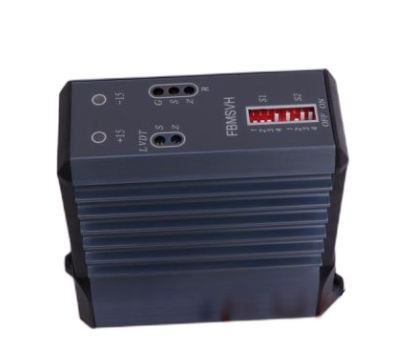
- User name Member Level Quantity Specification Purchase Date
- Satisfaction :
-









Email:wang@kongjiangauto.com




